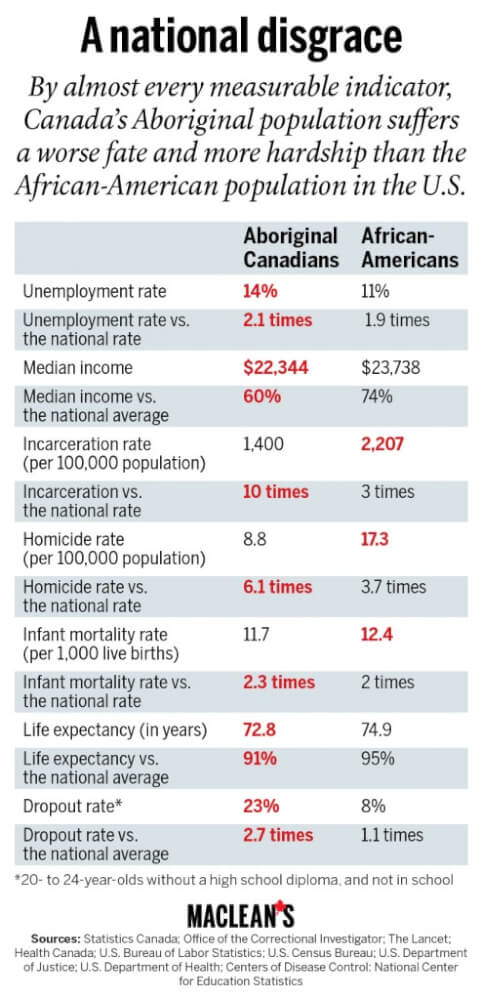photo above: Memorial to residential school victims outside Parliament Hill in Ottawa. (Shelby Lisk)
WN: Just what will it take? . . .
See too my post, December 10, 2018: Black Toronto residents 20 times more likely to be shot dead by police, study says.
Just what will it take? . . .
And Canada is not racist to the core?
Just what will it take? . . .
Then Jesus said, “Whoever has ears to hear, let them hear.”
–Mark 4:9
excerpts:
Cindy Blackstock, a member of the Gitxsan First Nation, is the executive director of the First Nations Child and Family Caring Society of Canada and a professor at McGill University.
Residential school survivors knew where the children were buried because some of them had dug their graves. They told their truths to the Truth and Reconciliation Commission and gave the country a national plan in their 94 calls to action for ending the injustices facing this generation of First Nations, Métis and Inuit children, and to ensure nothing like this happens again. Some of us heard them, but what they said was too confrontational for most—so people called them “stories” and looked away. The survivors must have felt they were screaming into silence.
The government’s colonial project was made possible by purposefully feeding the populace a steady diet of distractions, misinformation and stereotypes.–Cindy Blackstock
…
I began to hear the truths about residential schools decades later. At first only faintly, and then with growing strength as survivors told their truths, with great pain, so they could make sure this never happened to their grandchildren. It all made sense: why so many numb the pain with alcohol and drugs, why others disappeared and died amid deafening public silence. The government’s colonial project was made possible by purposefully feeding the populace a steady diet of distractions, misinformation and stereotypes.
“In that Canada fails to obviate the preventable causes of deaths, it brings itself into unpleasant nearness to manslaughter.”—Samuel Hume Blake in 1908
Canada used the Indian Act to drive kids into residential schools, and it is still in force. The country says I am a “status Indian.” I have a card saying so, but it expired decades ago and I don’t plan on renewing it. I want no part of Canada’s racist game.
…
One hundred years after Bryce’s report, the First Nations Child and Family Caring Society and the Assembly of First Nations filed a human rights case against the federal government. Canada fought the case tooth and nail, relying on legal technicalities bereft of any serious consideration of how the inequities were affecting Indigenous children being separated from their families and placed in foster care at higher rates than in residential schools, experiencing irremediable harm and, in some cases, death. In 2016, the Human Rights Tribunal ordered Canada to immediately cease its discriminatory conduct. The government welcomed the decision and then did not comply. The tribunal has been forced to issue 19 further orders and has linked Canada’s ongoing non-compliance to the unnecessary foster placements of many kids and to the deaths of three.
…
In mid-June, federal ministers who have worn orange shirts and orange ribbons held news conferences about “allowing” First Nations names on Canadian passports and, more substantively, passing the United Nations Declaration on the Rights of Indigenous Peoples into Canadian law. I could not view those conferences because I was in Federal Court watching Canada’s lawyers try to overturn two tribunal orders requiring it to compensate First Nations children it had discriminated against (and they are still children) and to avoid paying for public services for Indigenous kids off-reserve and without Indian Act status. I also attended a news conference with survivors from St. Anne’s residential school in northeastern Ontario who wanted the federal government to drop its legal battle against them. That school actually had a homemade electric chair for punishing students.
Please click on: Screaming Into Silence


